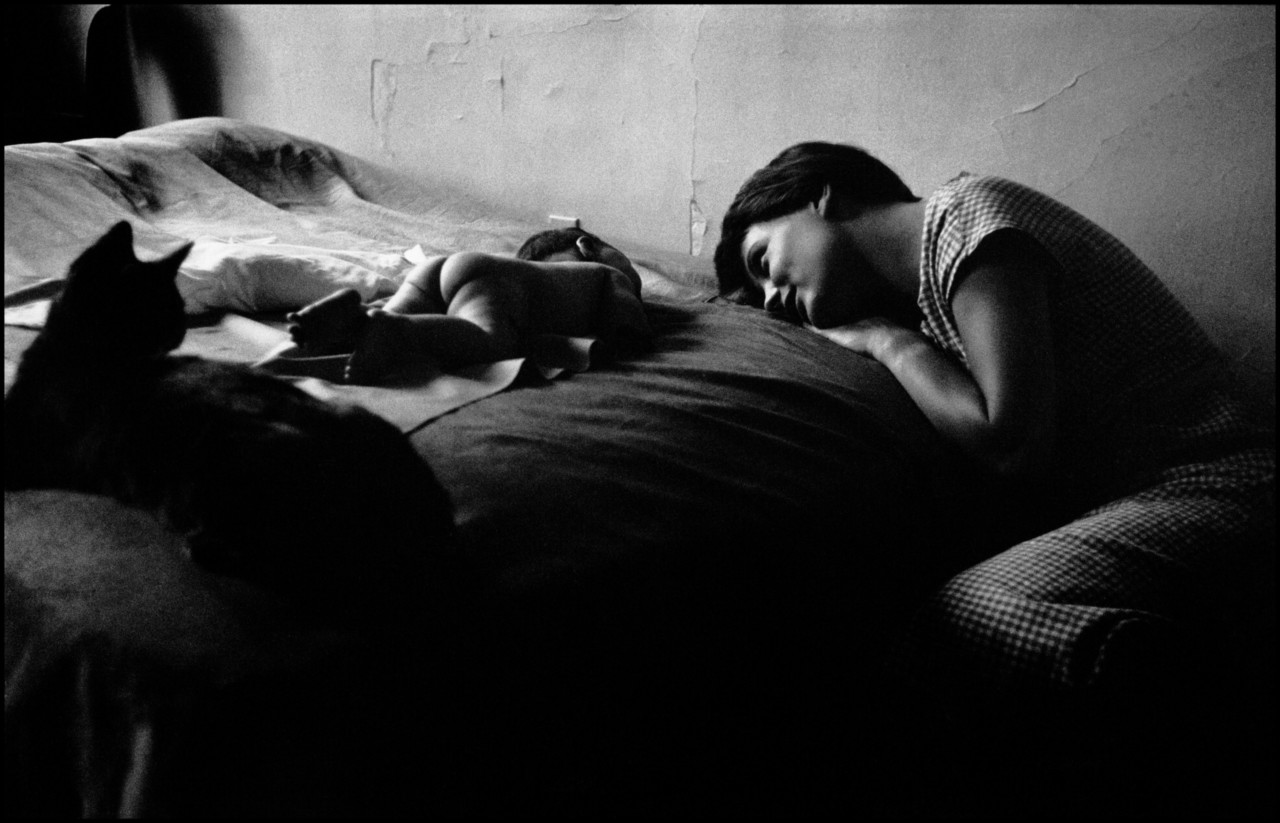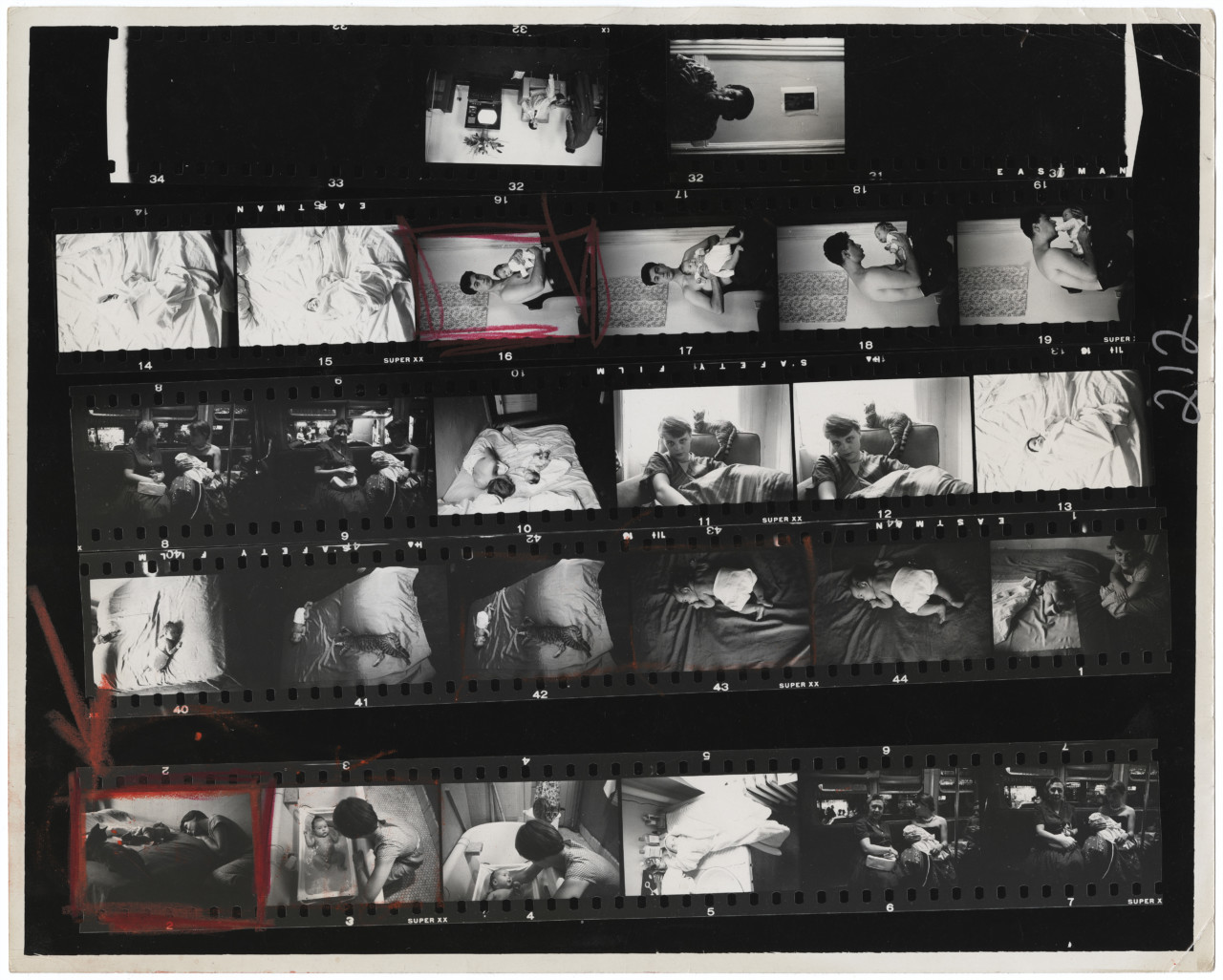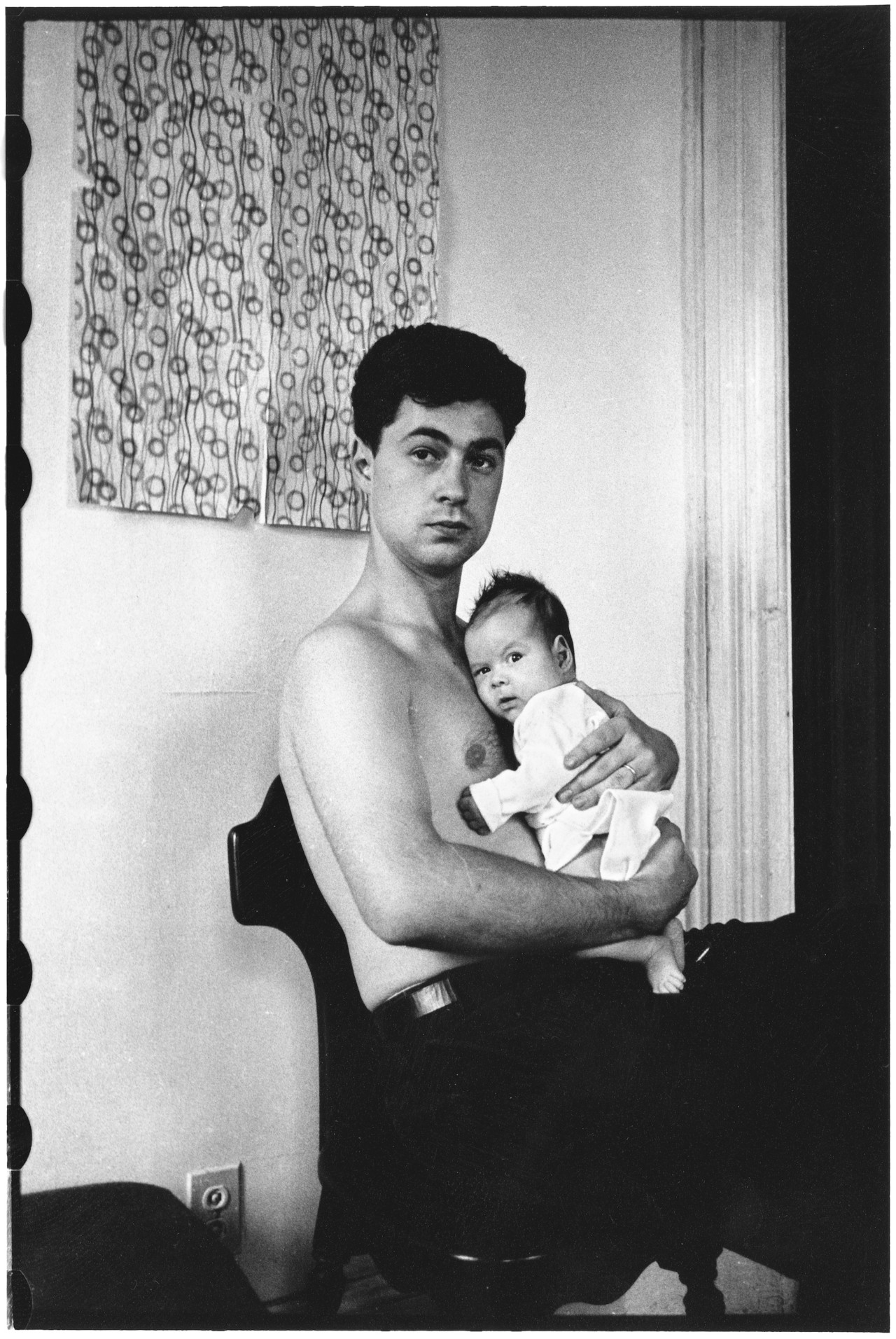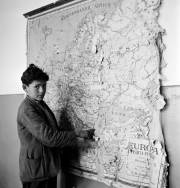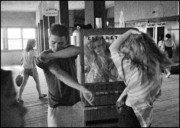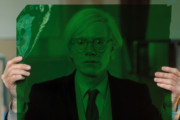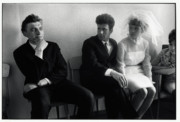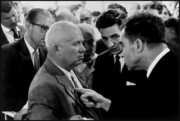Making the Image: Mother and Child
Elliott Erwitt’s family snapshot strikes an emotional balance between the personal and universal
Contact sheets, direct prints of sequences of negatives were – in the pre-digital era – key for photographers to be able to see what they had captured on their rolls of film. They formed a central part of editing and indexing practices, and in themselves became revealing of photographers’ approaches: the subtle refinements of the frame, lighting and subject from photograph to photograph, tracing the image-maker’s progress toward the final composition that they ultimately saw as their best. There is a voyeuristic aspect to looking at a contact sheet also: one can retrace the photographer’s movements through time and space, tracking their eye’s smallest twitches from left to right as their attention is drawn. It is as if one were inside their head, offered a privileged view through their very eyes from the front row of their brain.
As Kristen Lubben wrote in her introduction to the book, Magnum Contact Sheets, first published in 2011 by Thames and Hudson:
“Unique to each photographer’s approach, the contact is a record of how an image was constructed. Was it a set-up, or a serendipitous encounter? Did the photographer notice a scene with potential and diligently work it through to arrive at a successful image, or was the fabled ‘decisive moment’ at play? The contact sheet, now rendered obsolete by digital photography, embodies much of the appeal of photography itself: the sense of time unfolding, a durable trace of movement through space, an apparent authentication of photography’s claims to transparent representation of reality.”
In 1953, Elliott Erwitt was starting a family in his home of New York City. His image, a candid snapshot of his first wife, baby and cat, has since become recognized as a classic example of photography in the humanist tradition. Below, Erwitt reflects on the excitement of capturing one great shot and the insight that revisiting contact sheets can offer over time.
Erwitt’s Mother and Child image is available to shop as a contact sheet print, a fine print, and a platinum print, within Magnum’s New York: Photographing the City collection, which can be viewed here. Read other entries in Magnum’s series on contact sheets, and the making of iconic images here.
‘These pictures were taken in 1953 and, as you can see, there is only one picture worth printing. They are all snapshots, including the one that’s worth printing. It’s a family picture: my first child, my first wife and my first cat.’ Highlighting the dual perspectives of a new father snapping a picture of his young family and the professional photographer composing an image of a newborn child perfectly framed by her admiring mother on the right and the elongated form of a lounging cat on the left, ‘Mother and Child’ exemplifies Elliott Erwitt’s ability to find the emotional balance between the personal and the universal. Since its inclusion in the seminal Family of Man exhibition and catalogue in 1955, Erwitt’s often-reproduced image has become a classic representative of the transformative first days of a newborn’s arrival in a family.
The roll is striking in its casualness. Among 26 ‘snapshots’ of various aspects of young family life —including a sequence of a shirtless young Erwitt holding his daughter — there is only one frame of the signature scene. ‘Mother and Child’ captures a transitory moment, and exemplifies the thrill of finding one perfectly composed image on the contact sheet. Erwitt notes:
‘It’s generally rather depressing to look at my contacts – one always has great expectations, and they’re not always fulfilled. But then eventually when you get to printing them and living with them, sometimes they become better. I don’t always like to look at contacts because it’s work and you can make mistakes, but it’s part of the process. You have to do it … because very often you don’t see things the first time and you do see them the second or third time.’


